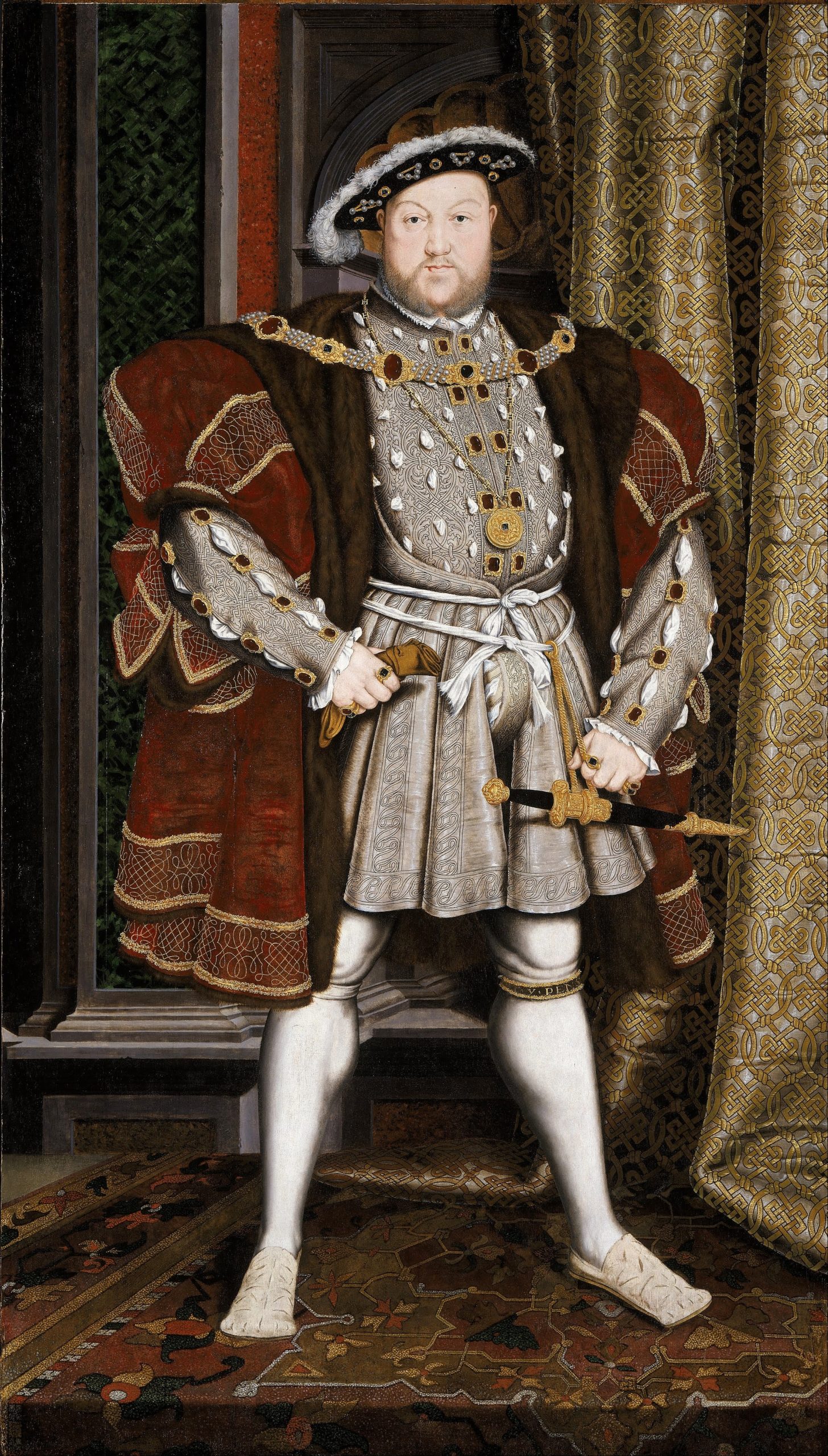 The English Reformation started in the reign of Henry VIII. This was during the time when Henry VIII decided to divorce himself from his first wife, Catherine of Aragon after she failed to conceive a male child to the lineage. By that time, he already had his mistress Anne Boleyn. A divorce was a new topic that was encountered in Tudor England and it wasn’t easy. Henry VIII was a Roman Catholic and the head of the church was the pope in Rome. Due to the Roman Catholic beliefs, marriage was considered for life. It did not support divorce. This put Henry VIII in a tough position. He was faced with an ultimatum that could possibly excommunicate him from the church if he allowed himself a divorce. It also meant that under Catholic Church law, your soul could never get to Heaven. This was considered to be a real fear as the Catholic Church used to keep people under its control. Henry used another approach to make a special appeal to the pope that he could be exonerated. This meant that the pope could agree to Henry’s request for a divorce because Henry was king of England but it would not affect the way the Catholic Church banned divorce for others. However, the pope rejected Henry’s request which drove Henry to seek the Archbishop of Canterbury to grant him a divorce so that he could marry Anne Boleyn in 1533.
The English Reformation started in the reign of Henry VIII. This was during the time when Henry VIII decided to divorce himself from his first wife, Catherine of Aragon after she failed to conceive a male child to the lineage. By that time, he already had his mistress Anne Boleyn. A divorce was a new topic that was encountered in Tudor England and it wasn’t easy. Henry VIII was a Roman Catholic and the head of the church was the pope in Rome. Due to the Roman Catholic beliefs, marriage was considered for life. It did not support divorce. This put Henry VIII in a tough position. He was faced with an ultimatum that could possibly excommunicate him from the church if he allowed himself a divorce. It also meant that under Catholic Church law, your soul could never get to Heaven. This was considered to be a real fear as the Catholic Church used to keep people under its control. Henry used another approach to make a special appeal to the pope that he could be exonerated. This meant that the pope could agree to Henry’s request for a divorce because Henry was king of England but it would not affect the way the Catholic Church banned divorce for others. However, the pope rejected Henry’s request which drove Henry to seek the Archbishop of Canterbury to grant him a divorce so that he could marry Anne Boleyn in 1533.
The archbishop granted Henry his divorce against the wishes of the pope. This event led England to break away from the Catholic Church based in Rome. Henry placed himself as head of the church which in that case his divorce was legal. A vast amount of the population were angered at the Catholic Church by the way the Roman Catholic Church had used them as a source of money such as to get married you had to pay, you had to pay to get a child baptized and even had to pay to bury someone on thier land. The Catholic Church was very wealthy while many other people remained poor. Their money was going to the Catholic Church. There were no great protests throughout the land as many felt that Henry would ease up on taking money from them. Henry knew about the unpopularity of the Catholic Church and used it to his advantage. By 1534, Henry was made Supreme Head of the Church by an Act of Parliament. In England a strong resentment against the financial exploitation of the Catholic Church and of the people had been widespread among all classes and had found expression in repeated attempts to curb those abuses to restrict authority and jurisdiction of the Church. The British Revolt against the pope was not a consequence of the reformer’s work and their ideas. Apart from the abolition of the papal supremacy over the church and the suppression of monasteries Henry did not change the doctrines and the institutions of the Church.
The reign of Queen Mary (1553-1558) marked the restoration of Catholicism under the supervision of the Papal Legate but against his advice, the restoration was accompanied by savage persecution of Protestants. The accession of Elizabeth I in 1558 turned the tables in favor reform. The oath of supremacy re-established; the Articles of Edward VI revised in 1563 as the Thirty Nine Articles and the Book of Common Prayer became the doctrinal code of the Church of England and savage persecution was visited on the Catholics. The majority of the clergy adapted themselves to the new religious regime and the British aristocracy which many members received a good share of confiscated monastic possessions and stood behind the new order.






